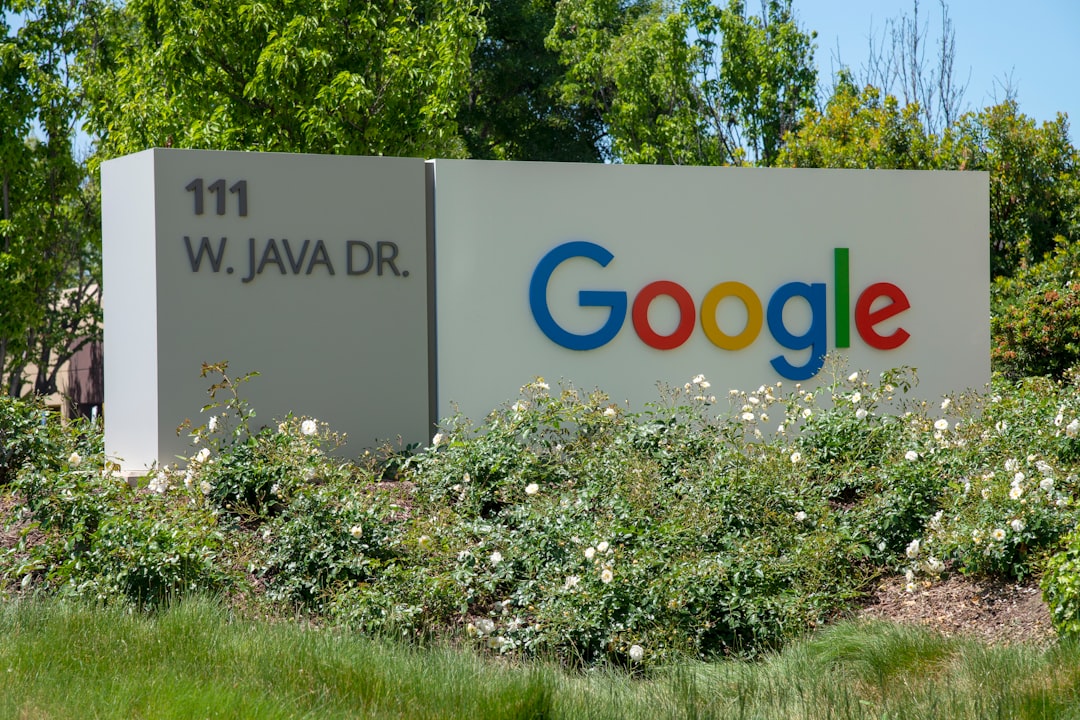Choosing the best WordPress featured image size for Google search results (SERP) is crucial for improving click-through rates, enhancing SEO, and ensuring your content looks visually appealing. Search engines, including Google, prioritize images that meet specific size and quality standards. Poorly sized or incorrectly formatted images can hurt rankings and reduce visibility in search results.
Why Featured Image Size Matters for SEO
Featured images play a critical role in how users perceive a webpage before clicking on it. Google often uses these images in rich results, Google Discover, and social media previews. When optimized correctly, they can drive more traffic and improve user engagement.
Here are the main reasons why selecting the right image size is essential:
- Better SERP presentation: Google’s algorithms favor properly sized and optimized images, making them more likely to appear in search results.
- Improved user experience: A well-sized image ensures that content looks professional and engaging.
- Faster load times: Large images can slow down page speed, negatively affecting SEO rankings.
- Increased social media shares: Many platforms pull featured images when shared, impacting how content appears across different channels.
Best WordPress Featured Image Size for Google Search Results
Although WordPress allows custom image sizes, using dimensions recommended by Google and SEO experts ensures better visibility. The ideal featured image size for WordPress is:
- Width: 1200 pixels
- Height: 628 pixels
- Aspect ratio: 1.91:1
- File format: JPEG or PNG for high quality, WebP for better compression
- File size: Under 100 KB to balance quality and speed

How to Optimize Featured Images for Google
Simply choosing the right size is not enough. Image optimization plays a major role in ranking and performance. Here are some key tips:
1. Use Descriptive File Names
Google relies on file names to understand image content. Instead of “IMG12345.jpg,” use meaningful names like “best-wordpress-featured-image.jpg.”
2. Optimize Alt Text
Alt text improves accessibility and SEO by helping search engines understand the image. A good alt text example: “Optimal WordPress featured image size for best search rankings.”
3. Compress Images
Large images can slow down page speed, negatively impacting rankings. Use tools like TinyPNG, ShortPixel, or Imagify to reduce file sizes without losing quality.
4. Enable Lazy Loading
Lazy loading helps speed up pages by only loading images when they appear on the screen. WordPress enables this feature by default, but plugins like a3 Lazy Load can enhance its effectiveness.
5. Use Open Graph and Twitter Card Tags
Ensuring that social platforms display your featured image correctly improves sharing. Plugins like Yoast SEO and Rank Math can help configure Open Graph and Twitter Card tags.

Common Mistakes to Avoid
Many website owners make mistakes when optimizing featured images. Avoid these common pitfalls:
- Using overly large images: While high resolution is important, excessively large files slow down load times.
- Ignoring aspect ratio: Incorrect aspect ratios can crop images awkwardly in search results.
- Not using structured data: Google prefers images associated with schema markup to understand content relevance.
- Choosing generic images: Stock photos without relevance to the content can reduce engagement.
Conclusion
Using the best WordPress featured image size for Google search results improves SEO, enhances click-through rates, and ensures a professional appearance. By following dimensions of 1200 x 628 pixels with a 1.91:1 aspect ratio, optimizing file formats, and compressing images, websites can rank better and attract more visitors.
Frequently Asked Questions (FAQ)
1. What is the best aspect ratio for WordPress featured images?
The recommended aspect ratio is 1.91:1, which works best for Google search results and social media previews.
2. Can I use square featured images?
While square images (e.g., 1200×1200 pixels) may work on some platforms, they do not display well in Google search results.
3. How do I compress featured images without losing quality?
Use tools like TinyPNG, ShortPixel, or Imagify to reduce file size while maintaining quality.
4. Does Google prefer JPEG or PNG images?
Google supports both formats, but JPEG is recommended for photos, while PNG is better for images requiring transparency.
5. How can I ensure my images appear in Google Discover?
Use high-quality images (1200px width), structured data, and follow Google’s best practices for discoverability.











